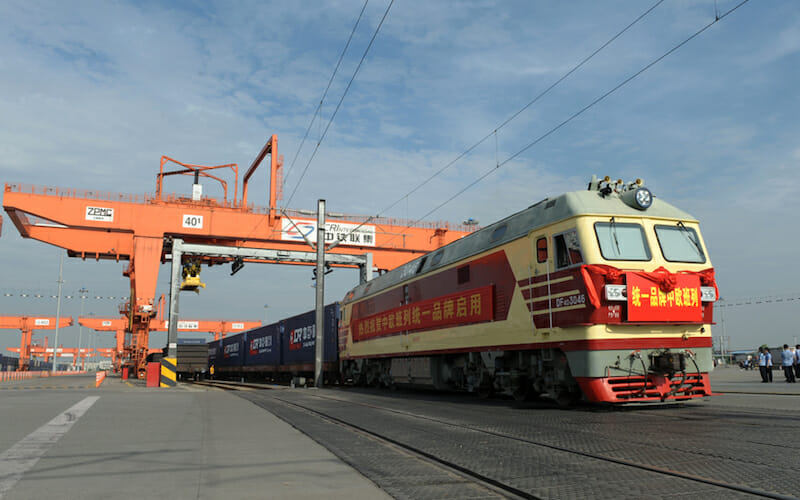
New Silk Road’s Impact on ASEAN
ASEAN’s Master Plan for Connectivity and China’s New Silk Road have major commonalities. Both envision transport connectivity as a means of bringing countries closer to one another, facilitating better access to trade, investment, tourism and people-to-people exchanges. Similar to the New Silk Road project, the Master Plan for Connectivity calls for a system of roads and railways to link contiguous ASEAN members with one another, as well as a system of ports for vessels and short sea shipping to link Southeast Asian countries with one another. Given this shared vision, it is evident that this will pose a great benefit to the developing ASEAN. Also, the Chinese road initiative is sure to support the ASEAN nations in advancing its regional connectivity.
China has been seeking the advancements of trade and investment with its economic partners. The belt and road initiative embodies and projects the reaching-out policy of China. Through this initiative, China aims to trigger the demand for products by investing intensively on strategic infrastructure projects internationally, developing economic ties along its old Silk Road to Europe and along newer maritime links in and around Asia and as far away as Africa.
Since 2009, China has been ASEAN’s largest trading partner; and since 2011 ASEAN has been China’s third largest trading partner. Given the vitality of the economic linkage of the ASEAN states to China, considering the geographical proximity of the region, a key priority of the road initiative is ASEAN’s burgeoning economies. Also, ASEAN is a prominent developing economic partner of China and is a top destination for Chinese businesses and firms.
The belt and road initiative holds a crucial role in bridging ASEAN and China, two of the world’s most dynamic economies, by strengthening economic connections. This will also help the growing ASEAN region improve its connectivity among the 10 member states in continuously developing their economic zones in Asia and beyond.
The ASEAN member states formed its ASEAN Economic Community (AEC) in 2005 and have increasingly linked economies together. Alongside the AEC, the belt and road initiative will further integrate the growing regional community through developing infrastructure in the region and improve its trading policies. Also, the initiative will address an infrastructure deficit and support industrial development. The ASEAN region is known to be a fast-growing regional bloc, and will continue to develop economically with strengthened international and regional linkages.
The belt and road initiative will also provide a pathway for China to bolster its relations with the ASEAN nations economically. This will also support China’s project of developing its already 20,000km laid out extensive rail networks to deliver technology and services regionally. This initiative has already seen great achievements in railway construction linking Malaysia, Thailand, Laos, and Indonesia with China. Also, funding for the belt and road initiative has been supported by the Chinese government and Chinese commercial banks, speeding up the outcome of the planned infrastructure projects in the region.
Clearly, both the Master Plan for Connectivity and the road initiative will support and improve the China-ASEAN relationship that is based on trade and investment. But, the road initiative raises concerns for the ASEAN states. Particularly that China may make use of economic incentives to lead ASEAN states into broader cooperation with itself, threating the regional body’s unity. This may eventually increase Chinese economic might and strategic pathways in the region, pressurizing ASEAN members to recalculate strategic alliances and reevaluate its relations with China regionally and their global interests.
However, the results from the road initiative so far have evidently supported the ASEAN need for infrastructure development regionally. It has been estimated by the Asian Development Bank (ADB) that USD$750 billion will be invested yearly to develop the ASEAN economic productivity and development.
The implementation of China’s New Silk Road agenda requires a high level of cooperation and understanding between and among ASEAN states and China. Alongside the strict enforcement of policies and analysis of risks, this will lead to bolstered economic development and linkages of Southeast Asia and China, especially in the sea of regional uncertainty.

